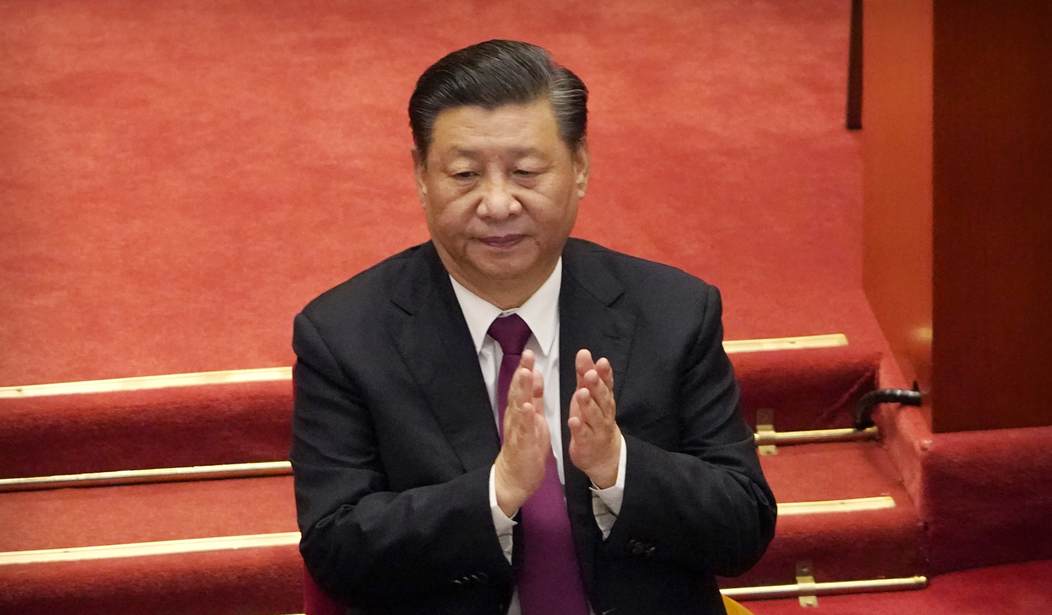The U.S., U.K. and Australia have announced the formation of the AUKUS alliance, in open concert against Chinese expansion. “Britain has entered into a security pact with the US and Australia to counter China that will involve building a nuclear powered submarine fleet and wide-ranging projects on cyber warfare, artificial intelligence and quantum computing.”
“The first programme of the AUKUS alliance will be the construction of a fleet of nuclear-powered submarines for the Australian navy, with American and British companies taking part in the manufacturing process.” This marks a radical departure for Australian defense policy, whose navy had initially planned to buy Japanese conventional subs, then switched plans to acquire French nuclear subs converted to diesel power before the recent announcement to go to a nuclear fleet.
The naval plan will upgrade Australia’s electric and diesel-powered submarine fleet to nuclear-powered, while, alliance members stress, still complying with Canberra’s adherence to nuclear non-proliferation treaties.
The initiative for the building of the fleet came from the Australian government in February. The initial phase of the programme will take 18 months and a number of British firms are expected to be involved in the project.
This follows the announcement that an in-person Quad summit would be held in a few days. “President Biden will host the leaders of Australia, India and Japan at the White House on Sept. 24 — the first time the leaders of the ‘Quad’ countries will gather for an in-person summit.” The meeting has already been condemned by China as “detrimental to the international order.” India is already a nuclear power and Japan is “two turns of a wrench away.”
Although few details of Australian submarine doctrine are publicly available, it has long been common knowledge that the Aussie sub fleet was optimized for operations in the littoral South China Sea. Its planned conversion to nuclear power suggests a shift to Pacific blue-water deployment, where it can now work in company with the RN and USN.
It is not clear whether this implies the abandonment of the nine-dash line to China as a forward area of operations but it clearly signifies that the Pacific and Indian oceans are the fallback limit of containment. Allies inside the First Island Chain, like Taiwan and the Philippines, find themselves in a position of strategic ambiguity. Recently, Filipino officials asked Washington if the U.S. would back them up in the event Manila defied China’s new order to report its shipping movements to Beijing’s coast guard.
Philippine Defence Secretary Delfin Lorenzana has promised that Manila will ignore China’s amended maritime law, which now requires foreign vessels sailing in the South China Sea to report their information to Chinese authorities. …
Amid concerns over China’s growing dominance in the South China Sea, the Philippines, a longtime ally of the US, wants Washington to increase its military commitments. … He said there is a need to “upgrade” and “update” the alliance and to make clear the “extent of American commitments”.
Legally the guarantees are vague. Article IV of the Mutual Defense treaty with the Philippines says: “Each Party recognizes that an armed attack in the Pacific Area on either of the Parties would be dangerous to its own peace and safety and declares that it would act to meet the common dangers in accordance with its constitutional processes.”
First, what exactly, qualifies as an armed attack within the meaning of the treaty? … In the South China Sea and nearby waters, we have witnessed an uptick in maritime “gray zone tactics” to include dangerous maneuvers by Chinese vessels, use of water cannons by Chinese coastguard vessels, and Chinese harassment of Philippines fishermen near an island controlled by the Philippines that China claims. While these actions are unlikely to rise to the armed attack threshold (however defined), there exists a continual and mounting risk that mistakes could occur or a situation could escalate. …
Second, what is the precise geographic scope of treaty’s term “in the Pacific area”? This term is also undefined in the treaty’s text. The Mutual Defense Treaty’s geographic scope is a surprisingly hard—albeit fundamental— question: the Pacific Ocean lies to the east of the Philippines while the South China Sea lies to the west. Are both considered part of the “Pacific area” for purposes of the treaty? Secretary Pompeo’s recent statement appears to clarify that in the U.S. view the answer is yes – the treaty applies to activities in the South China Sea, which include its contested rocks, islands, and low-tide elevations, and not just to the Pacific Ocean east of the Philippines.
But as a practical matter, the Philippines, Formosa — as Taiwan was once known — and Korea will be hard to defend in the first onslaught of a Pacific War. They will be defended if possible but not to the end. In the event of such a loss, Australia and Japan will be to the U.S. what Britain was in 1940: the last line.
Books: Extra Life: A Short History of Living Longer All the advances of modern life have given us each about 20,000 extra days on average. There are few measures of human progress more astonishing than our increased longevity and this book is Steven Johnson’s attempt to understand where that progress came from.
.










Join the conversation as a VIP Member